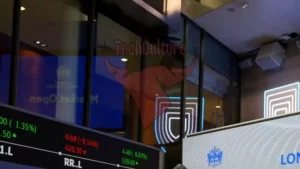In a surprising turn of events, amateur astronomer and satellite tracker Scott Tilley has made a groundbreaking discovery, revealing that China’s top-secret spaceplane is emitting strong signals over North America. This revelation has sparked intense speculation and curiosity within the scientific community and beyond. Tilley’s findings shed light on the secretive activities of the Chinese space program, raising questions about the purpose and capabilities of this spacecraft.
The significance of this discovery cannot be understated. China has long been regarded as a rising power in space exploration, with ambitious plans to establish a permanent presence on the moon and send astronauts to Mars. However, the true nature of their space program has remained largely shrouded in secrecy. Tilley’s identification of the strong signals emitted by the Chinese spaceplane not only confirms the existence of this mysterious spacecraft but also hints at its potential capabilities.
The implications of China’s spaceplane emitting signals over North America are both intriguing and potentially concerning. While it is too early to draw definitive conclusions, this development raises questions about the intentions and goals of the Chinese space program. Could this be a sign of increased cooperation and collaboration with international space agencies, or does it signify a more assertive stance on China’s space ambitions? As scientists and astronomers delve deeper into this discovery, we can only anticipate further revelations that may shape our understanding of the global space race.
Scott Tilley’s revelation about the Chinese spaceplane emitting strong signals over North America has ignited a wave of excitement and speculation in the scientific community. This unexpected discovery adds another layer of complexity to China’s space program, prompting questions about its purpose and potential capabilities. As we eagerly await further developments and insights, it is clear that the race to unravel the mysteries of space continues to captivate our imagination and fuel our thirst for knowledge.
Read more at Futurism“





